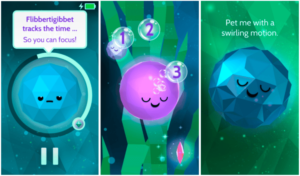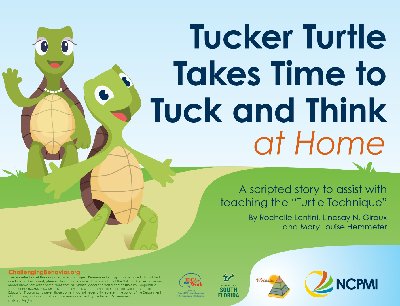Top 5 Resources for Kids Behavioral Therapy at Home
Apps and websites for behavioral therapy at home
This learning tool helps children complete daily routines while understanding and controlling their feelings and improving waiting skills. It was created with the support of child development specialists, and is meant to foster independence, positive behavior, and emotional regulation at home. It can also be customized for teachers in a school setting. The app includes a schedule board, a waiting board, a feelings board, a feelings scale, profiles, and an image library that can be customized.
- Age range: 4+
- Cost: $9.99
- Platform: iPhone and iPad
This mindfulness app features meditations for sleep, calming, and relaxing. It also includes meditations unique to specific issues such as ADHD, bedwetting, overeating, and more, and a “journey” section for goal-setting and affirmations.
- Age range: 4+
- Cost: This is a subscription service that gives you access to a large library of meditations with a free two-week trial period, after which it is $89.99 per year.
This app introduces children to mindfulness through a series of voice-guided stories with the help of a playful monster named Flibbertigibbet. Flibbertigibbet is agitated and needs help calming down; by soothing him, the child is led to learn techniques to help them gain inner calm.
Stories are a great way to give children of all ages an opportunity to provide context and visuals so they can really understand the skills they are being taught. This is a social-emotional story for young children by the National Center for Pyramids Model Innovations. It spotlights a character known as Tucker Turtle, who learns to “take time to tuck and think at home.”
- Cost: FREE
Mightier is a bioresponsive video game program for children that uses biofeedback to help kids learn self-regulation and calming skills. Kids wear a heart-rate monitor that controls the difficulty of the game, which teaches them calming techniques to stay focused and in control. Their expert coaches guide parents through every step. A clinical trial showed that their 12-week program helped reduce outbursts by 62%, oppositional behavior by 40%, and parental stress by 19%.
- Age range: Ages 6–14
- Cost: 30-day free trial; $28 per month after
- Platform: Tablet and heart-rate monitor included
Join for free
Save your favorite resources and access a custom Roadmap.
Get StartedAuthor






